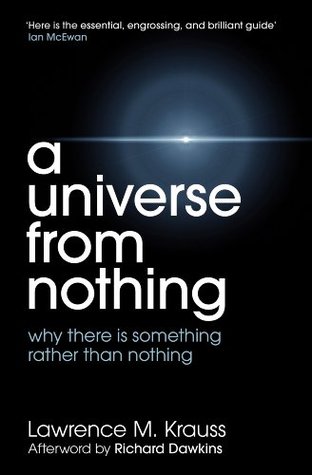More on this book
Community
Kindle Notes & Highlights
making a tiny circle between your thumb and forefinger about the size of a dime. Hold it up to a dark patch of the sky where there are no visible stars. In that dark patch, with a large enough telescope of the type we now have in service today, you could discern perhaps 100,000 galaxies, each containing billions of stars. Since supernovae explode once per hundred years per galaxy, with 100,000 galaxies in view, you should expect to see, on average, about three stars explode on a given night.
In that year, physicist Tony Tyson and colleagues at the now defunct Bell Laboratories (which had such a noble and Nobel tradition of great science, from the invention of the transistor to the discovery of the cosmic microwave background radiation) observed a distant large cluster, colorfully labeled CL 0024 + 1654, located about 5 billion light-years away.
Once again, it is like the walls in my room. I can see them only because electrons in atoms on the surface of the wall absorb light
from the light in my study and then reemit it, and the air between me and the walls is transparent, so I can see all the way to the surface of the wall that emitted the light.
When we look up on a sunny day, we see a blue sky, as shown in the previous image of the balloon. But this is because we have evolved to see visible light. We have done so, no doubt, both because the light from the surface of our Sun peaks in the visible region, and also because many other wavelengths of light get absorbed in our atmosphere, so they cannot reach us on the Earth’s surface. (This is fortunate for us, since much of this radiation could be harmful.) In any case, if we had instead evolved to “see” microwave radiation, the image of the sky we would see, day or night, as long as we
...more
String theory involves fascinating ideas and mathematics that might shed light on one of the most fundamental inconsistencies in theoretical physics—our inability to cast Einstein’s general relativity in a form that can be combined with the laws of quantum mechanics to result in sensible predictions about how the universe behaves on its very smallest scales.


